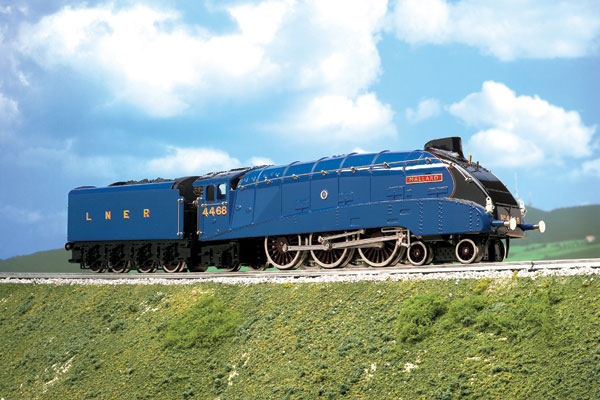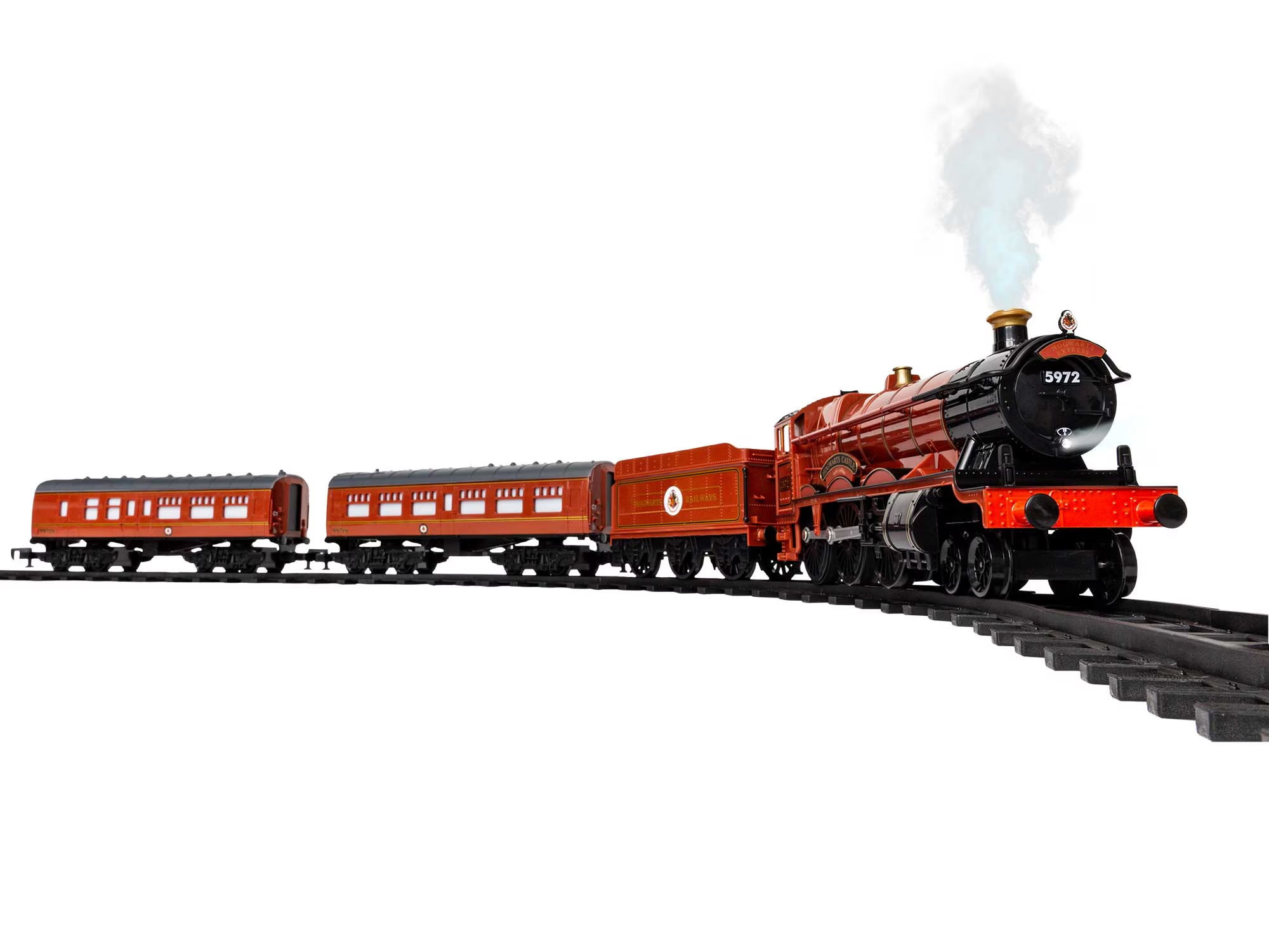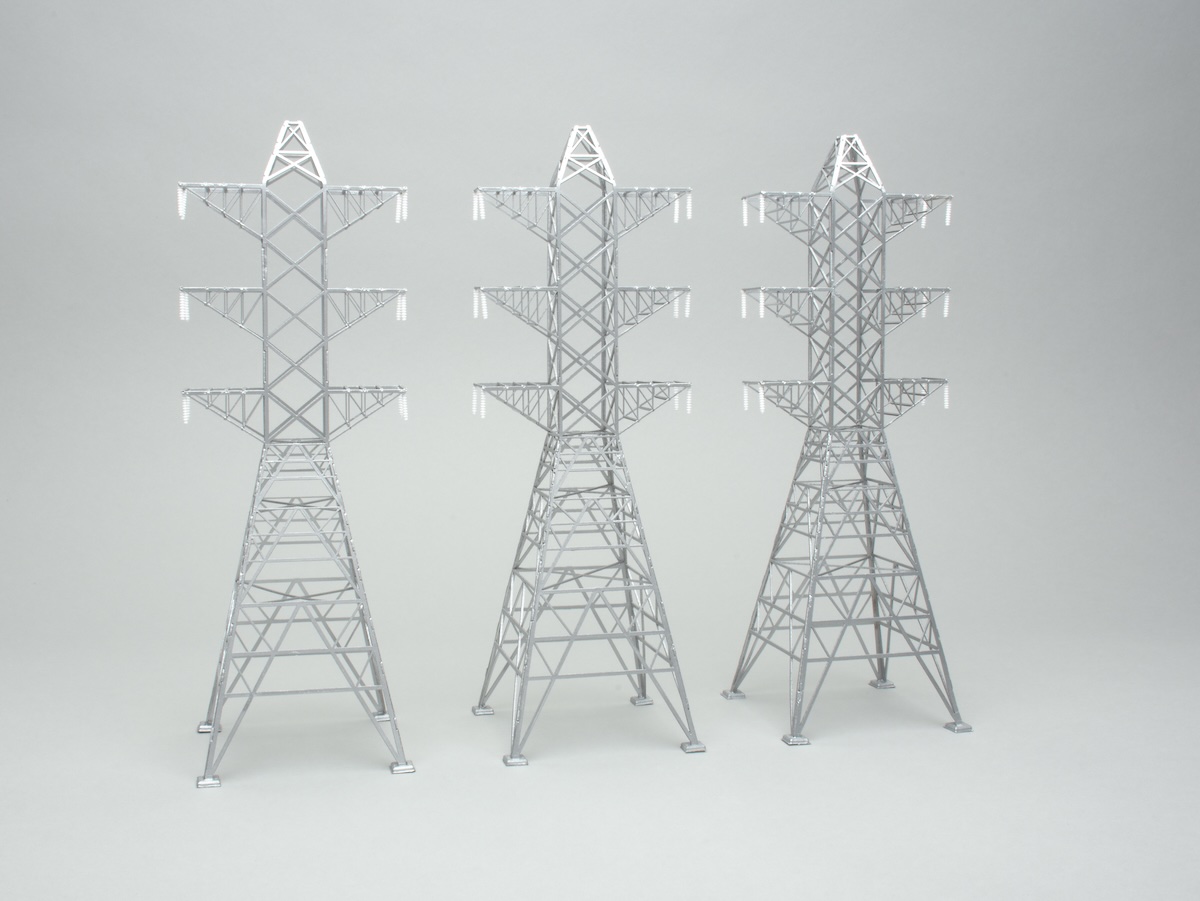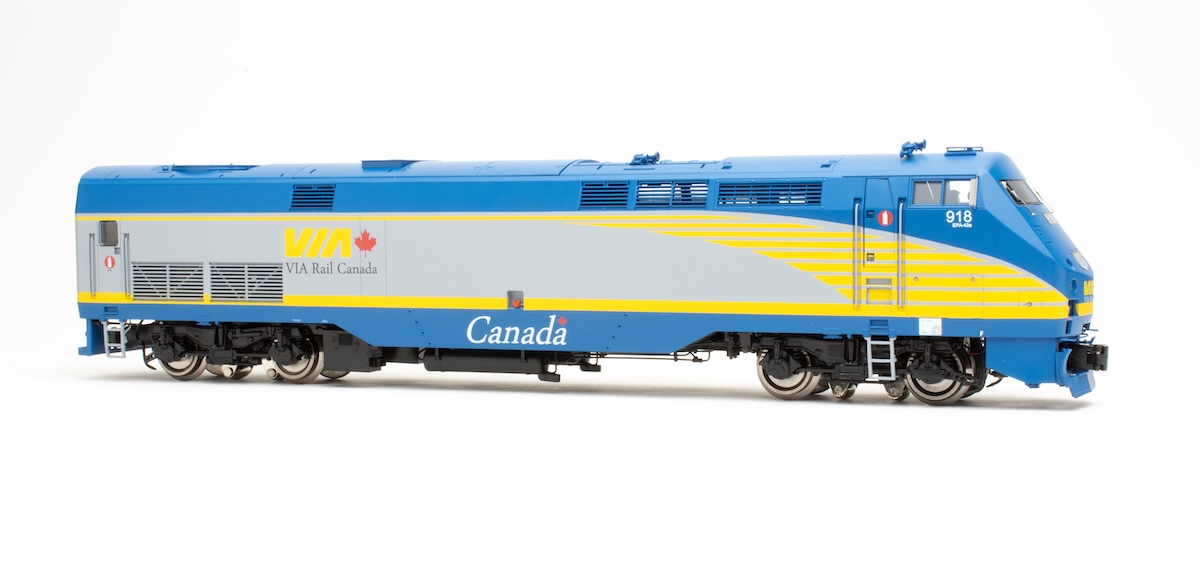In recent years we’ve reviewed Ace’s 4-4-4T steamers, electric multiple-unit commuter trains, passenger car sets, and, most recently, its new line of O gauge tank wagons. Each is beautifully crafted and has improved upon its predecessor.
Ace’s newest locomotive, a die-cast metal streamlined Pacific 4-6-2 steamer, raises the bar. And yes, I said die-cast!
The London & North Eastern Railway (LNER)A4-class locomotives were three-cylinder, high-speed passenger engines. The first four members of the class were built as matching components for England’s famed Silver Jubilee streamliner.
The locomotive’s 80-inch drivers made regular operation above 70 mph a breeze. The locomotive’s streamlining was more than just stylish; tests showed that it really made a difference at speeds above 60 mph.
The A4s proved to be natural speedsters. In June 1937, the rival London Midland & Scottish Railway’s Coronation Scot 4-6-2 locomotive set a steam speed record of 114 mph. The LNER decided to beat that mark.
One reference source noted that arrangements for the LNER speed run were made in secrecy, in part to prevent the LMS from learning of the attempt, and in part to keep its own civil engineering staff quiet – the 120-plus mph run would be made on track rated for only 90 mph!
With a dynamometer car in tow, the Mallard ran at 125 mph for 306 yards, and even hit 126 mph for a moment. History was made.
The A4 turned out to be exceptionally reliable, with just 10 instances of mechanical problems in 1,952 runs of Silver Jubilee service. In all, 35 of these streamlined A4 locomotives – which were given names such as Dominion of New Zealand, Dwight D. Eisenhower, and Sir Nigel Gresley – were built.
The A4 locomotives remained in service after the LNER became part of British Railways in 1947, and saw both passenger and freight duty. They were retired between 1962 and 1966.
Six A4s escaped the cutter’s torch. Two can be found in North America: Dominion of Canada at the Canadian Railway Museum in Montreal, and Dwight D. Eisenhower at the National Railway Museum in Green Bay, Wis.
The model
Until now, modern British rail locomotives made by Ace and Bassett-Lowke have used sheet-metal-style construction and were reproductions of prewar British O gauge trains but with can-style motors. With the Ace Mallard, we’re in completely new territory.
This die-cast metal model raises the bar considerably, but the Ace A4 is still designed to be a traditional toy train, not a museum-accurate model or a rolling example of the latest in digital technology. In many ways you can compare the A4 to some of Lionel’s late prewar die-cast locomotives, and streamliners like the M-10000 and Hiawatha.
The A4’s metal shell is quite attractive and appears to be scale sized. The design reflects the early appearance of the A4 locomotives before some of the streamlined skirting was removed for better maintenance access to the running gear and steam chests. Ace offers its model in several colors and in versions with and without the side skirts.
The quality of the boiler-shell casting is smooth where it needs to be and textured in the right spots for hatches, seams, and bolt heads. From every angle, the locomotive appears to be a rocket sled ready to launch.
On the pilot, the locomotive features a simulated vacuum brake line, a functional European-style hook coupler, and a pair of sprung buffers. Two operating lanterns are just above the bumpers, which the British classify as an express passenger, newspaper, or breakdown train. The engine number is emblazoned between the bumpers.
The nose of our sample Mallard is painted black, with thin red and white lines separating it from the blue-painted boiler. In front of the smokestack are a brass whistle and silver-colored handrails with stanchions that run all the way back to the cab. There are wire grab irons on the sides of the cab and the front and rear of the tender.
At mid-boiler is a re-creation of the plaque placed on the locomotive to commemorate its record-breaking speed run.
The cab features a fully detailed backhead. But in the best toy train tradition, a large red light bulb provides a steady firebox glow. The firebox door is partially opened, but it is not hinged to open and shut at will. Two crew seats are supplied, but you must install them yourself.
You’re on your own for crew figures, but Tower Models in the UK (tower-models.com) offers several driver and fireman figures that would look right at home on board the Mallard.
A flip-up sheet-metal deck rests across the gap between locomotive and the die-cast metal tender. The tender has a cast-in coal load and a cap for the water filler hole. A second European-style coupler is mounted on the rear.
Unlike most O gauge steam locomotives, the A4 has two can-style motors. The 24-volt motors ride above the front and rear drivers. All three axles are geared, and all of the driver wheels are flanged. The drive mechanism is designed with enough swing to negotiate relatively tight 42-inch-diameter curves without the need for flange-less center drivers. There are no traction tires.
Ace locomotives are designed for AC and DC operation. A rod on the front of the tender is connected to an internal slide switch. Pull it one way for AC and the other for DC. Power pickup is through two sliding shoes on the bottom of the tender. Another rod is used to reverse the locomotive’s direction when operating with AC power.
An electrical tether connects the locomotive and tender. The female end of the tether is affixed to a small plastic block just beneath the front edge of the tender frame. Ours was broken during shipping, so the tether end hung freely instead of being held fast to the frame.
This turned out to be a blessing in disguise. Why? Because of the BBF factor (Bob’s Big Fingers).
You need nimble fingers to connect the two ends of the electrical tether and the metal drawbar connecting the locomotive and tender. My fingers are a bit too large for the job. But, unintentionally, the broken plastic block made the female end of the tether much easier to grasp. Go figure.
The decoration of the locomotive was first-rate, and application of numbers and the Mallard nameplate and commemorative plaque gives the model a special look. The paint is smooth as silk, and, as the photos show, it has a high gloss.
Five different passenger coach sets, including the Coronation and record breaking sets are available from Ace.
On the test track
Ace’s A4 locomotive is conventional-control mode only. Our sample Mallard is a smooth-running locomotive, and it is very responsive to changes in speed.
The low-speed average for our sample Mallard was 15 scale mph, while the high-speed average was 94 scale mph.
Drawbar pull for the 7-pound, 9-ounce locomotive was 1 pound. The train was easily capable of pulling a string of Ace passenger cars with a few Ace tank wagons coupled on the end. Just keep in mind that in the real world A4s weren’t used for pulling 100-car coal trains.
The locomotive ran fine on O-54 and O-72 diameter curves, although it was a snug fit on O-42 curves. On the O-42 Ross Custom track switches on one of our home test layouts, the pilot truck sometimes derailed when following the diverging route. The A4 is a large locomotive, and it is more at home on larger curves. It operated equally well on tubular track and on Atlas O and MTH solid-rail track.
While this locomotive does not have a sound system or even a whistle, the mechanical sounds it makes are a pleasure for any traditional operator. The bathtub shape of the shell increases the motor and drive-train noises, giving the Mallard quite a bit of personality.
I really love running the Mallard. It is as distinctive a locomotive as you’ll find, and it delivered a very pleasing performance. If you’re a fan of ultra-streamlined locomotives like the Dreyfuss Hudson or the Pennsy Torpedo, you’ll want to check out the Ace A4.














